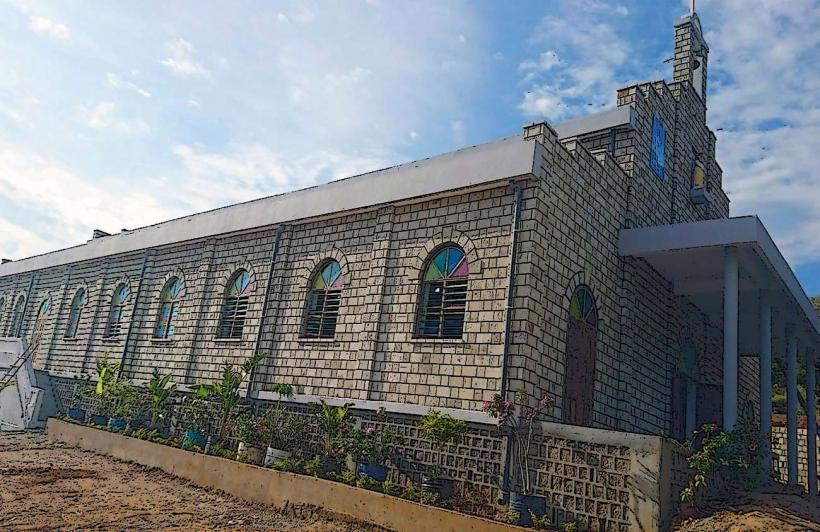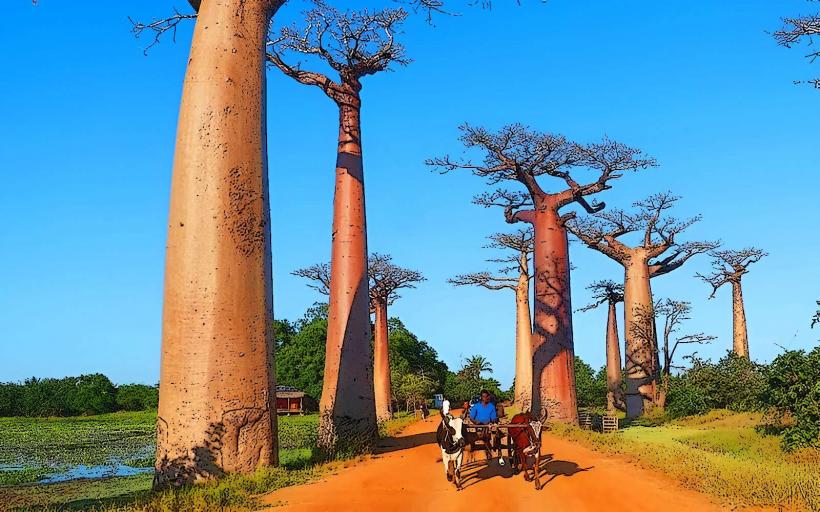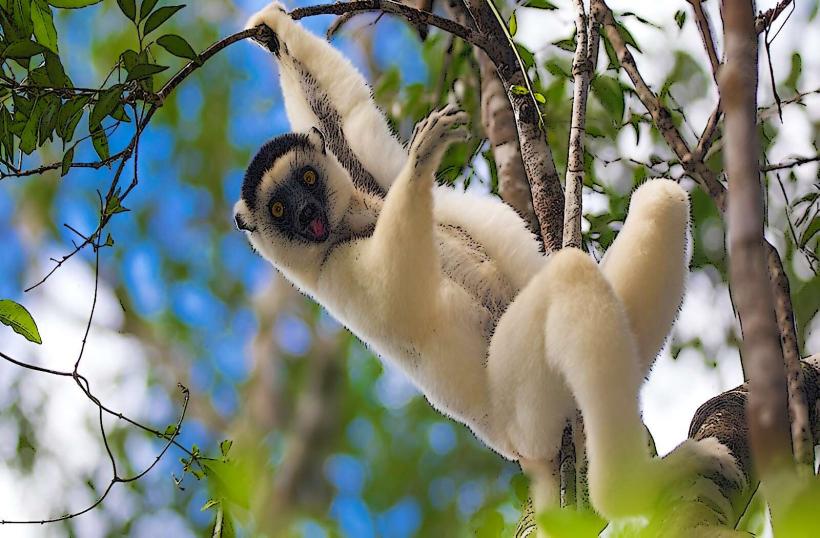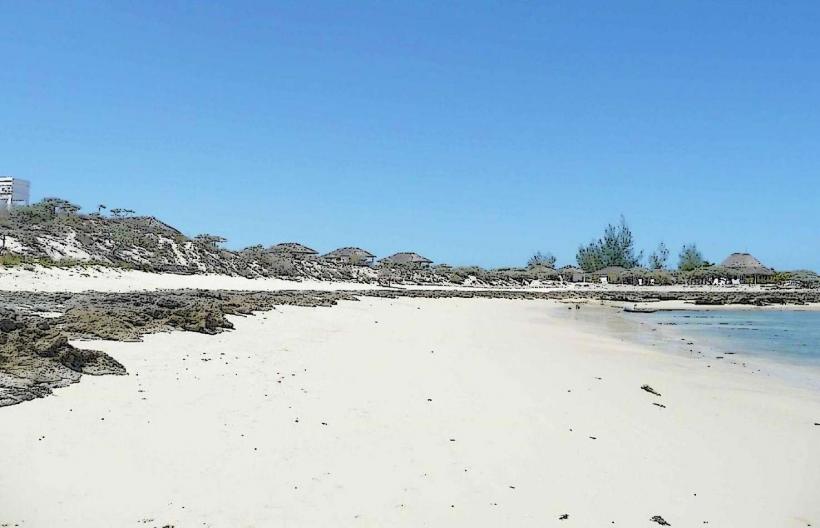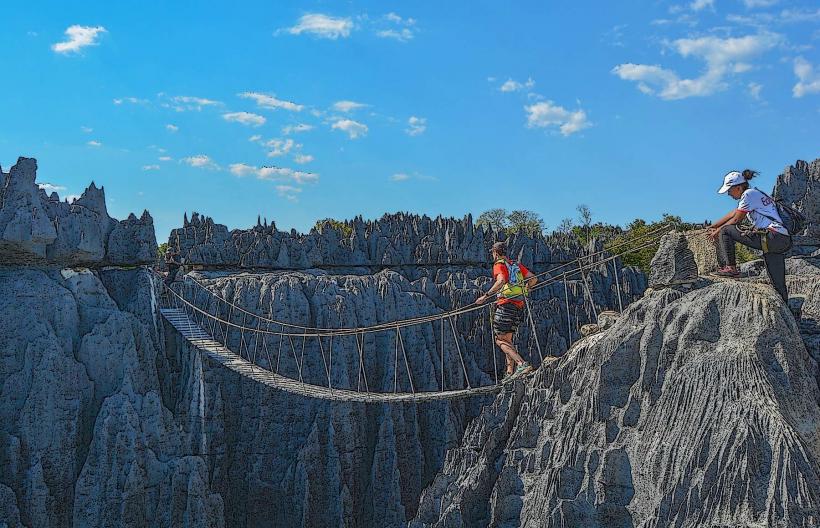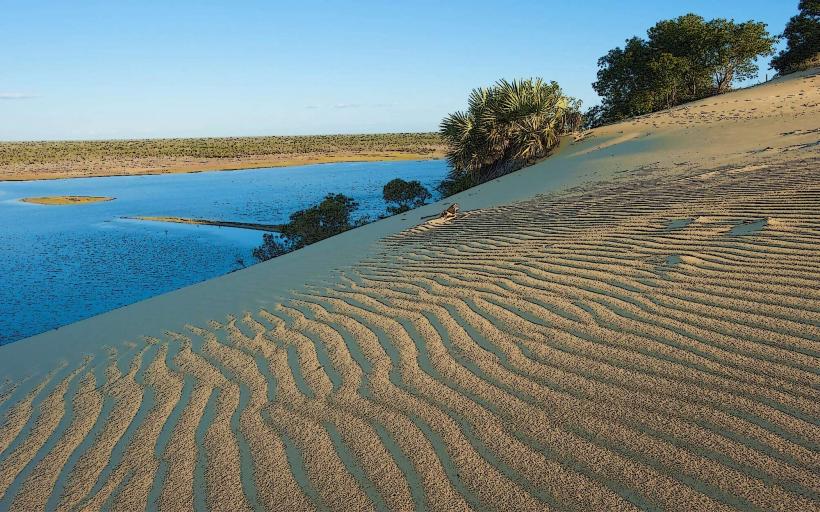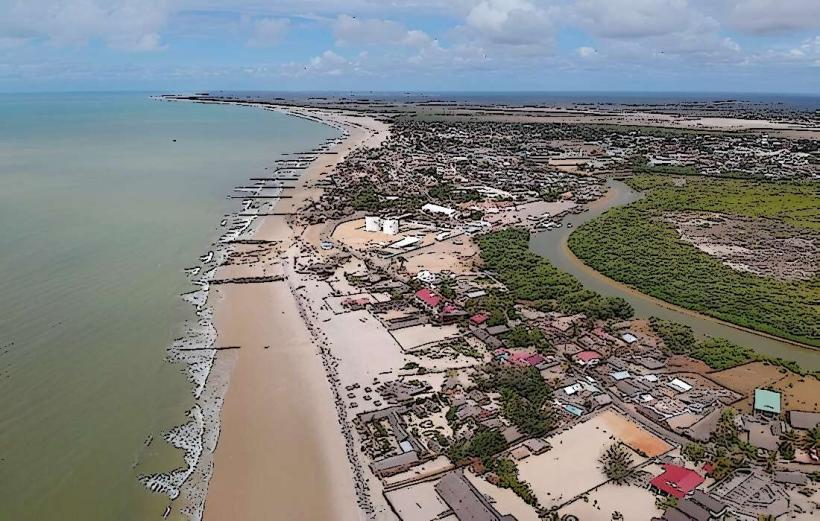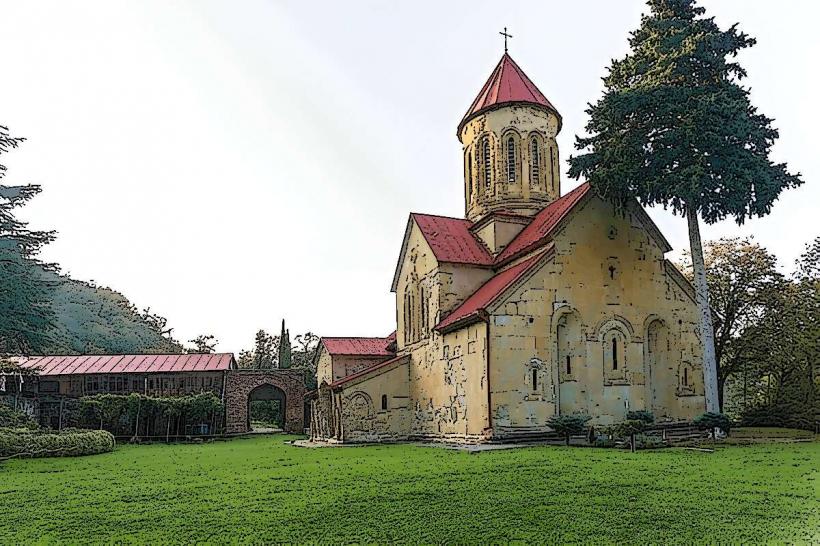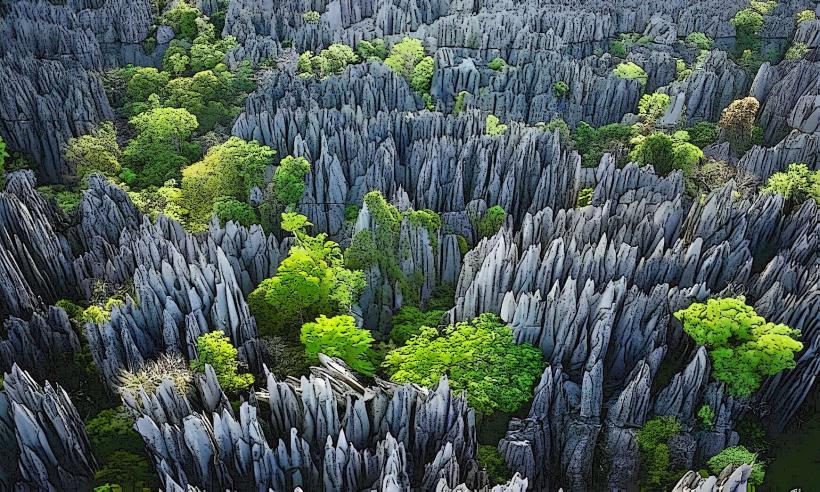Information
Landmark: Baobab AmoureuxCity: Morondava
Country: Madagascar
Continent: Africa
Baobab Amoureux (translated as "Lover's Baobab") is a unique natural formation located in the Menabe Region of western Madagascar, near Morondava. It is famous for its striking appearance, where two grandidier’s baobabs (Adansonia grandidieri), the iconic baobab species endemic to Madagascar, are intertwined at their trunks in a way that appears as though they are embracing, hence the name "Lover's Baobab." Here are the key details about Baobab Amoureux:
1. Location
Baobab Amoureux is situated a few kilometers off the main Avenue of the Baobabs, the famous avenue lined with towering baobab trees. This formation is relatively easy to reach by car from Morondava or the Avenue, making it a popular stop for tourists visiting the region. The area is remote and part of Madagascar’s dry deciduous forest, which is home to several species of baobabs and other endemic flora and fauna.
2. The Baobab Trees
The two baobabs that form the Baobab Amoureux are both grandidier’s baobabs, a species that is typically recognized by its tall, slender trunk and sparse branches, which are often compared to roots growing upwards. These trees are endemic to Madagascar, meaning they are found nowhere else in the world. Grandidier’s baobabs can grow as tall as 30 meters (98 feet) and live for hundreds of years.
The Lover’s Baobab is notable because of its unusual trunk configuration. Rather than standing alone, these two trees have grown in a way that their trunks twist and lean toward each other, forming the appearance of an embrace. The visual effect has made the site a symbol of natural harmony and is considered a romantic and mysterious feature by many visitors.
3. Symbolism and Cultural Significance
The name "Lover’s Baobab" highlights the tree formation’s visual resemblance to two people in a close embrace, which has led to various cultural and symbolic interpretations. For many locals and visitors, the sight of the two baobabs intertwined has become a metaphor for unity, love, and partnership. It symbolizes the connection between nature and human experiences, resonating with visitors seeking to experience a deep, almost magical moment within Madagascar’s unique landscapes.
In Malagasy culture, baobabs hold significant symbolism. They are considered ancient and wise, often associated with strength and endurance. The intertwined baobabs at Baobab Amoureux may further emphasize these values, symbolizing the enduring bond between the two trees and their resilience in a harsh environment.
4. Ecological Importance
Baobabs, including those at Baobab Amoureux, are crucial to the ecosystem in the dry forests of western Madagascar. Their large, water-storing trunks allow them to survive through extended dry periods, making them a valuable resource for the animals and people who inhabit the region. Baobab trees also provide food (baobab fruit), shelter, and a habitat for various species of wildlife, including birds, bats, and insects.
5. Tourism and Photography
Baobab Amoureux is a popular destination for travelers and photographers. The formation's unique appearance against the backdrop of Madagascar’s vibrant skies—particularly at sunrise or sunset—makes it an ideal subject for stunning photographs. The natural beauty and the symbolism of the tree formation attract both tourists and photographers from around the world.
Many visitors who come to the Avenue of the Baobabs also take time to visit Baobab Amoureux, as it offers a more intimate experience compared to the large, iconic avenue of trees. The site’s tranquil setting makes it an excellent spot for quiet reflection, romantic walks, or simply enjoying the awe-inspiring natural beauty.
6. Conservation
While Baobab Amoureux is a natural landmark and part of the Baobab ecosystem, like many of Madagascar’s forests, the area faces ecological threats. These include deforestation, habitat loss, and the impact of climate change. Conservation efforts in the region aim to protect the unique baobab trees and their ecosystem, ensuring that sites like Baobab Amoureux remain preserved for future generations.
Local conservation initiatives and the growing ecotourism industry are helping to raise awareness about the importance of these natural sites and promote sustainable tourism practices that contribute to the preservation of Madagascar’s unique biodiversity.
7. Access and Visiting Tips
Getting There: Baobab Amoureux is accessible by car from Morondava, typically via a rough dirt road. Visitors can either drive independently or hire a local guide to help navigate the area.
Best Time to Visit: The best time to visit Baobab Amoureux is during the dry season (from April to October), when the weather is more favorable for travel and the landscape is at its most accessible. Visiting at sunrise or sunset provides the best light for photographs, with the golden light creating dramatic effects on the baobabs and the surrounding landscape.
What to Bring: Make sure to bring comfortable footwear for walking, a camera for capturing the iconic views, and sunscreen and water for hydration, as the region can get quite hot during the day.
Conclusion
Baobab Amoureux is a natural wonder and a symbol of the enduring beauty and resilience of Madagascar’s dry forests. Its romantic and striking appearance draws many visitors to the region, offering a unique and memorable experience that complements the more famous Avenue of the Baobabs. Whether you're a nature lover, photographer, or simply seeking a moment of quiet reflection, Baobab Amoureux is a must-see destination in Madagascar.

